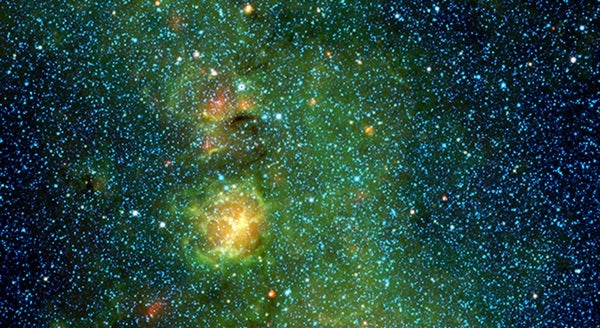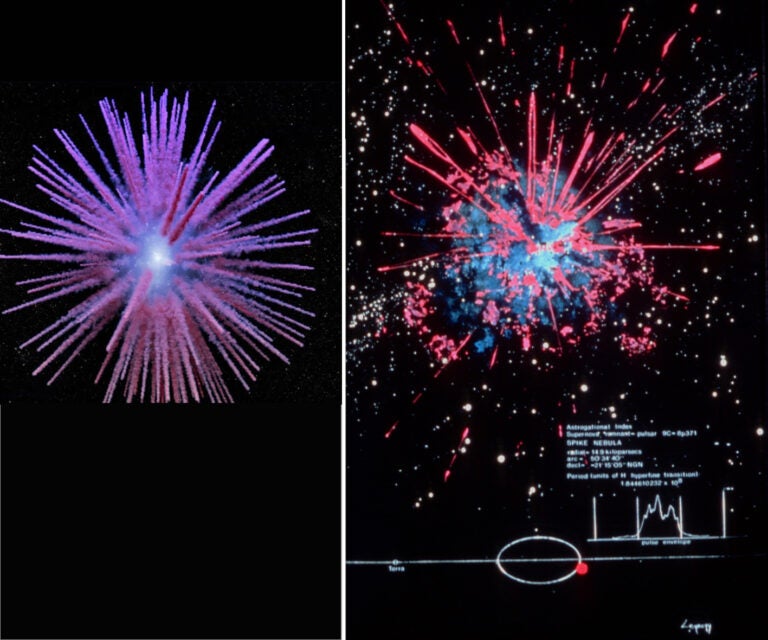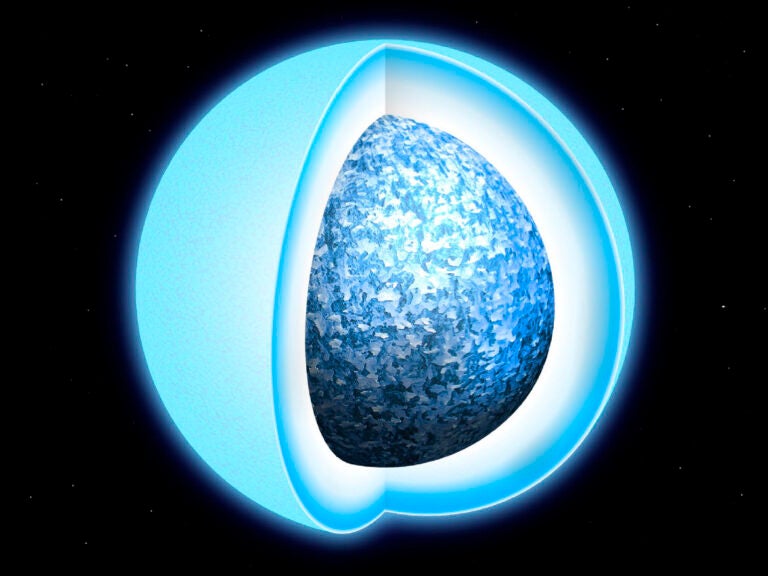So astronomers can predict the absolute magnitude (i.e., the mean intrinsic luminosity) of any given Cepheid by measuring the time it takes to rhythmically change its brightness. By observing the apparent luminosity, dimmed by the inverse square law of light traveling across the vast reaches of space, and comparing this with the predicted luminosity, astronomers can calculate the distance to that star.
Why should there be a period-luminosity relationship in the first place?
The answer involves some simple physics combined with a little bit of geometry. At the heart of it is gravity. Most stars, including Cepheids, are in hydrostatic equilibrium where there is a balance between the inward force of gravity and the outward pressure of the energy the star radiates.
As stars evolve, that equilibrium can be perturbed and in some circumstances leads to stable oscillations, as in the case of Cepheids. For mechanical systems (including those regulated by gravity), the natural period of oscillation is largely controlled by the average density, which is mass divided by volume (or equivalently the cube of the radius).
The bottom line is that low-density stars have longer periods. And variables like Cepheids also tend to have larger radii. Larger radii translate into larger surface areas, which for a fixed surface brightness means higher luminosity. Longer-period Cepheids will then have higher luminosities. Periods predict luminosities.
Carnegie Observatories
Pasadena, California










